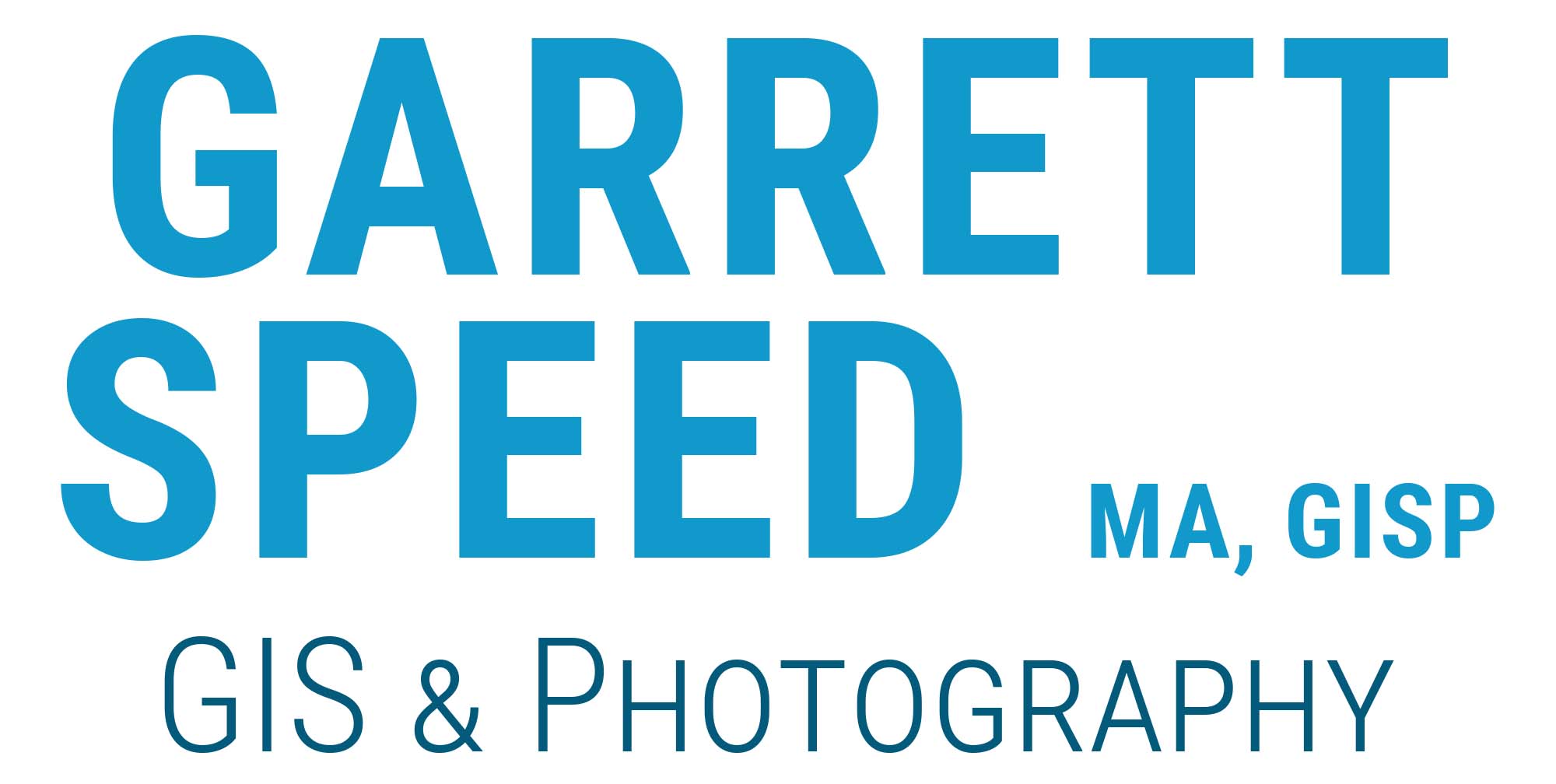On our recent digitization trip to the Haghpat Monastery in Haghpat, Armenia, I used a DJI Phantom 2+ quadcopter to take photos for photogrammetry. You can also check out the mesh of the model seen in the video on SketchFab.
I took roughly 350 jpeg photos using the DJI camera included on the Phantom 2+, some facing down and some at side angles, and controlled the Phantom 2+ using the DJI app. I tried taking DNG raw images using the drone, however the time it took to take each photo was too long for each camera’s 20-25 minute flight time. This video was made using Pix4D Mapper Discovery using only the photos that faced straight down.
Like many projects I learned some lessons from this project. The DJI control app for Android does a great job of controlling the drone, but sometimes has a connection issue that prevents the operator from seeing the video on the drone. The Pix4D software also says that their app is better to use due to GPS estimation on the DJI app, I didn’t get the chance to use the Pix4D app as the internet in Armenia is limited. Upon inspection of the georeferenced photos in both Adobe Lightroom and ArcMap (imported using the Geotagged Photos to Points tool), the photos show up in an estimated grid more than a few meters between each point. This point estimation problem I think created a problem with getting the model in the video to have a clean horizon, this one is tilted.
The Pix4D software also has an issue with photos that are not close to nadir (facing straight down), the DJI app also appears to not record the body coordinates of the camera, and the Pix4D Mapper software doesn’t appear to know what to do with off-nadir photos that don’t have the proper angular information, getting worse model results than if we had used only nadir photos.
We purchased a month of use of Pix4D Mapper to export the model as a las point cloud. At this point I had not learned how to properly use GPS data to georeference points in the Pix4D Mapper Pro, so I used Cloud Compare to fix the coordinates of the point cloud. We collected GPS data on a Trimble Geo7x in Armenia, and I imported the shapefile of the GPS data into Cloud Compare. I then imported the Pix4D las point cloud into cloud compare, and adjusted the point cloud to best fit the x, y, and z of the GPS data. I found during this process there isn’t any good information about how to move point clouds in Cloud Compare, so I will share that here. Cloud Compare’s rotate and translate tool has options to limit which planes to rotate on, and you can turn those on and off in order to adjust only one plane.
